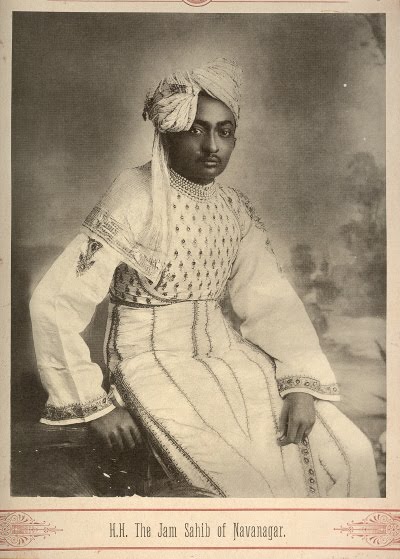Feb 26, 2012
Feb 25, 2012
Feb 24, 2012
Feb 21, 2012
Feb 18, 2012
Tomb of Shams-ud-din Iltutmish, third ruler of the Mamluk dynasty - Delhi 1860's
Shams-ud-din Iltutmish (r. 1211–1236) was the third ruler of the Mamluk dynasty of Delhi of Turkic origin[1]. He was a slave of Qutub-ud-din-Aybak and later became his son-in-law and close lieutenant. He was the Governor of Badaun when he deposed Qutub-ud-din's successor Aram Shah and acceeded to the throne of the Delhi Sultanate in 1211. He shifted Capital from Lahore to Delhi , remained the ruler until his death on May 1, 1236.
More in Wikipedia
Source: ebay
More in Wikipedia
Source: ebay
Tomb of Safdarjung - Delhi 1860's
Safdarjung's Tomb is a garden tomb with a marble mausoleum in New Delhi, India. It was built in 1754 in the late Mughal Empire style, and was described as "the last flicker in the lamp of Mughal architecture".
More in Wikipedia
Source: ebay
More in Wikipedia
Source: ebay
Feb 17, 2012
Hazrat Nizamuddin Dargah - Delhi 1860's
Nizamuddin Dargah is the dargah (mausoleum) of famous Sufi saint Nizamuddin Auliya. Situated in the Nizamuddin West area of Delhi.
Know More about this beautiful architecture in wikipedia
Know More about this beautiful architecture in wikipedia
Feb 10, 2012
Feb 8, 2012
Maharaja Kishan Singh of Bharatpur, Rajasthan - 1902
Maharaja Sir Kishan Singh (1899–1929) was the ruling Maharaja of princely state Bharatpur (1918–1929) and successor of Maharani Girraj Kaur.
Maharaja Kishan Singh was born at Moti Mahal, Bharatpur on 4 October 1899 in a Hindu Jat family. He was eldest son of Maharaja Ram Singh by his second wife, Maharani Girraj Kaur. He was educated at Mayo College, Ajmer and Wellington. He succeeded on the deposition of his father on 27 August 1900. Installed on the gadi at Bharatpur on 30 August 1900. He reigned under the regency of his mother until he came of age and was invested with full ruling powers on 28 November 1918.
Know more about him in Wikipedia
Photographer: Priyalall and Company
Source: British Library
Photograph of the Ganges riverbank around Ram Ghat - Banares (Varanasi) 1869
The Ram Ghat was built by the Raja of Jaipur and has a temple dedicated to Ram. Varanasi on the river Ganges is one of the seven sacred cities of the Hindus. The waterfront of Varanasi (Benares) is lined with over 100 ghats, with long flights of stone steps where residents and pilgrims come to perform their ablutions and worship in the temples. The Ram Ghat is a popular bathing ghat.
Photographer: Brajo Gopal Bromochary
Source: British Library
Feb 7, 2012
Subscribe to:
Posts (Atom)























































